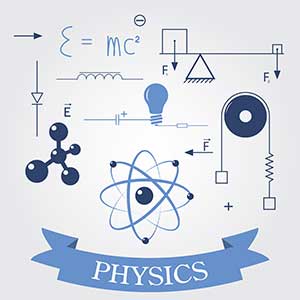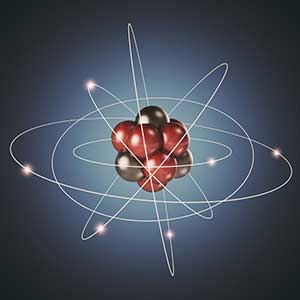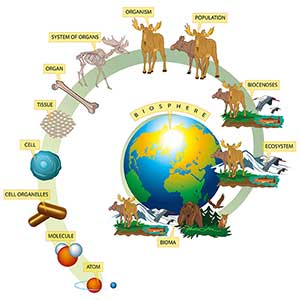Your cart is currently empty!
Science 6
Grade:
6th-8th Grade
Duration:
2 Semesters
Credit:
1.0
Materials:
Science 6 is an integrated course in which the fields of science are not compartmentalized. Instead, earth and space science, life science, and physical science are integrated within each semester.
Semester A
Science 6A begins by exploring the nature of science and the ways scientists investigate and explain the natural world. Students learn how to ask testable questions, gather and analyze data, and communicate their findings using scientific reasoning. They also gain experience with scientific tools, measurement, and lab safety. These skills are then applied to the study of motion and forces, including speed, acceleration, gravity, and Newton’s laws. The course concludes with an introduction to space science, where students explore stars, galaxies, and how gravity shapes the universe.
The course assignments are designed to engage students in applying science and engineering practices (SEPs) to build understanding of disciplinary core ideas (DCIs) through crosscutting concepts (CCs). Capstone assignments encourage students to explain real-world phenomena and design solutions to problems using science and engineering practices.
Semester B
Science 6B explores life science, Earth science, and environmental science through hands-on investigations and real-world applications. Students begin by discovering the structure and functions of cells, learning about reproduction, heredity, and how organisms adapt and evolve over time. They explore the history of humanity, examine how human activities impact Earth’s resources, and investigate ecosystems and the balance of nature.
The course also focuses on human influences on Earth’s environment, including resource use, pollution, and climate change. Finally, students study Earth’s place in the universe, learning about Earth’s spheres, its movements, and how these relate to seasons and climate.
The course assignments are designed to engage students in applying science and engineering practices (SEPs) to build understanding of disciplinary core ideas (DCIs) through crosscutting concepts (CCs). Capstone assignments encourage students to explain real-world phenomena and design solutions to problems using science and engineering practices.
Semester A
Module 1: The Nature of Science
Module 2: Performing Scientific Investigations
Module 3: Motion
Module 4: Forces and Motion
Module 5: Discovering Space
Module 6: The Moon
Semester B
Module 7: Discovering the Cell
Module 8: Heredity and Adaptation
Module 9: Humans and Earth
Module 10: Ecosystems
Module 11: Earth’s Resources and Pollution
Module 12: Earth’s Place in the Universe
What TO EXPECT
See what our program is like after you get enrolled for parents and students.
Full-Time ProgramS
Our full time online tuition programs include enrollment for the school year (i.e. two semesters). Tuition varies based on our different programs. We recommend that students wishing to take 4 or more individual classes apply to our Full-Time Tuition Programs.
Highly Qualified Teachers 24/7 Access to Learning Platform Optional Weekly Group Synchronous Sessions And More!








